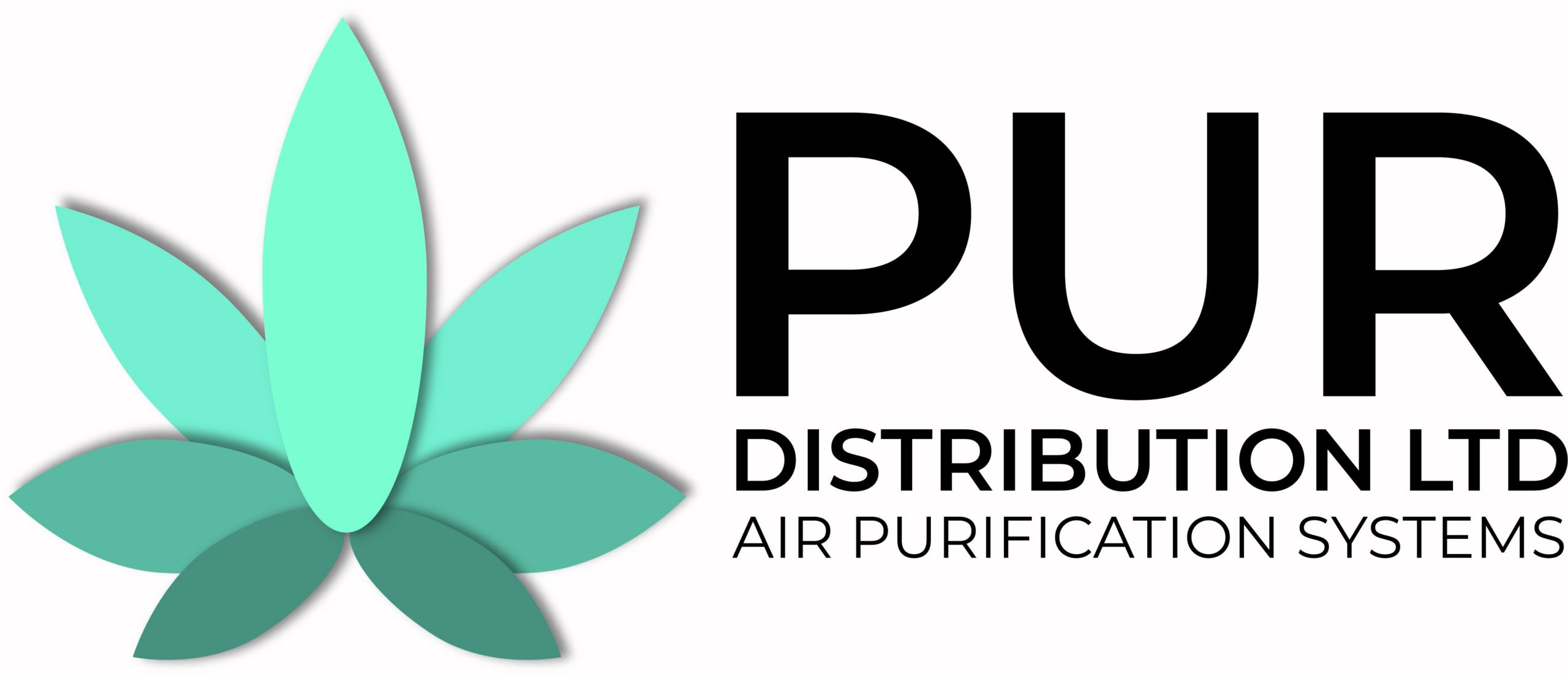AT WORK AIR PURIFICATION SOLUTIONS

Why do we need Air Purification at work?
Air purifiers are critical for any indoor space where people spend a lot of their time, and their work environment is a perfect example. No matter how hard we try to keep our sneezes, coughs or allergies at bay, we can’t seem to avoid the one employee that comes in ill. Although we wash our hands and keep our distance, it is hard to not infect others in our space. Absentee rates rise because viruses cycle through the workplace at alarming speed. Air purification in the workplace has so many benefits. Keeping staff healthy should be the of the utmost importance however it even goes beyond this. Working in an environment that implements air purification raises productivity, boosts energy levels, increases concentration and hence, makes for a happier organization.
At work, we share space with others. With more people in an office, comes more pollutants in the air that can cause illnesses and cause people to have allergic reactions. People, unknowingly, bring in allergens from their own homes, or elsewhere and bring it into work. Air purifiers also work to combat odors, which can be considerate if you share space with others. Many people are highly sensitive to smells and may even trigger allergic reactions. No one wants to work in an environment with unpleasant odors.
If any of these resonate, then an air purification system is a MUST. The best kind for allergies and odors is one with a HEPA filter. This captures some of the smallest airborne particles (as small as 1/84,000 of an inch). Having UVC lights is critical too. They are effective in killing cells and eliminating living airborne organisms which would normally float in the air and either continue to breed or be inhaled.
AT WORK AIR PURIFICATION PRODUCTS
Volatile Organic Compunds (VOCs) at Work
What are Volatile Organic Compounds (VOCs)?
- paints, paint strippers and other solvents
- wood preservatives
- aerosol sprays
- cleansers and disinfectants
- moth repellents and air fresheners
- stored fuels and automotive products
- hobby supplies
- dry-cleaned clothing
- pesticide
- building materials and furnishings
- office equipment such as copiers and printers, correction fluids and carbonless copy paper
- graphics and craft materials including glues and adhesives, permanent markers and photographic solutions.
We offer convenient bi-weekly payments!
Health Canada - Air Quality
Indoor Air Quality and Safety Guide for the Workplace
Ready to find out more?
Drop us a line today for a free quote!













